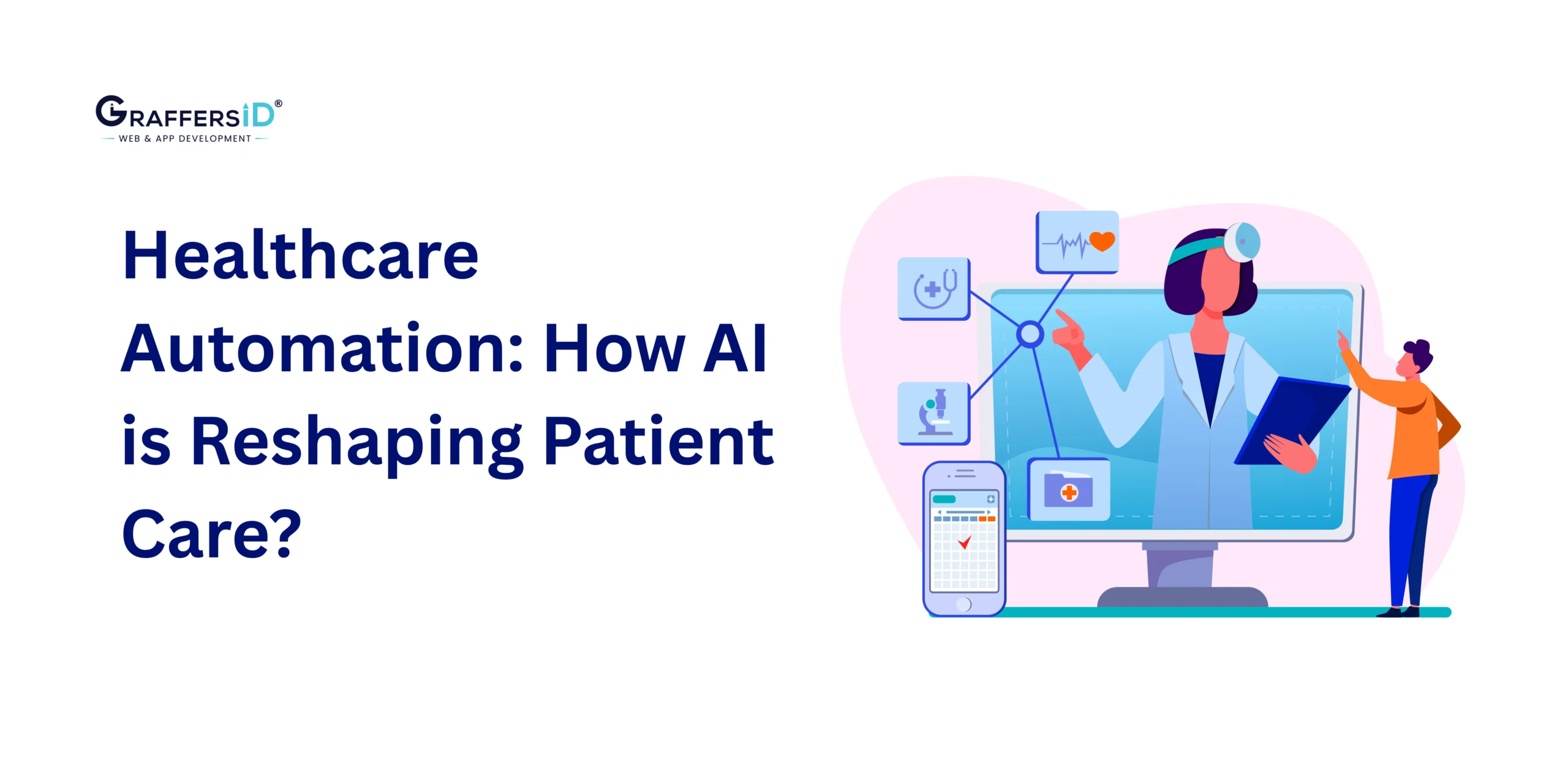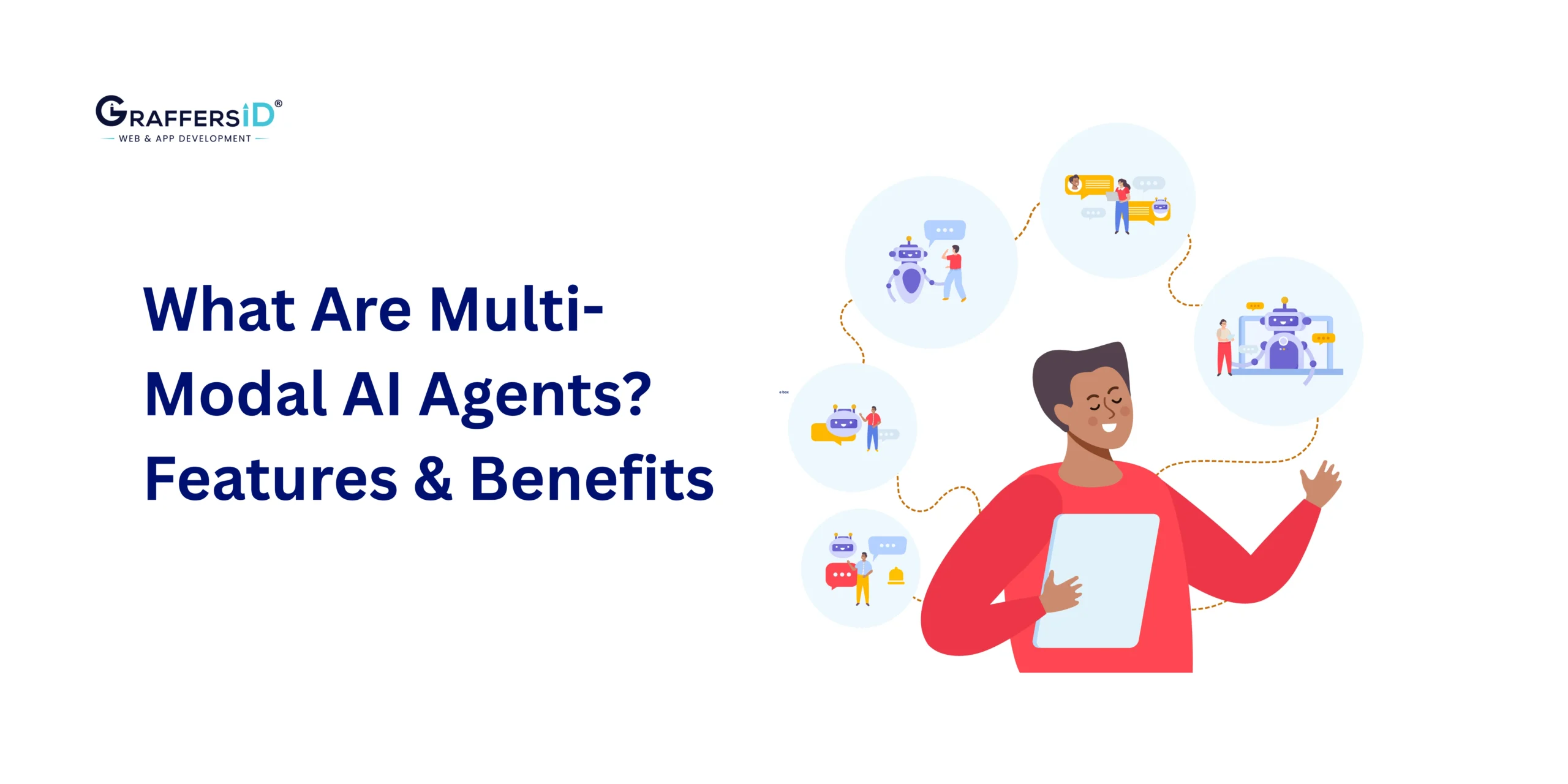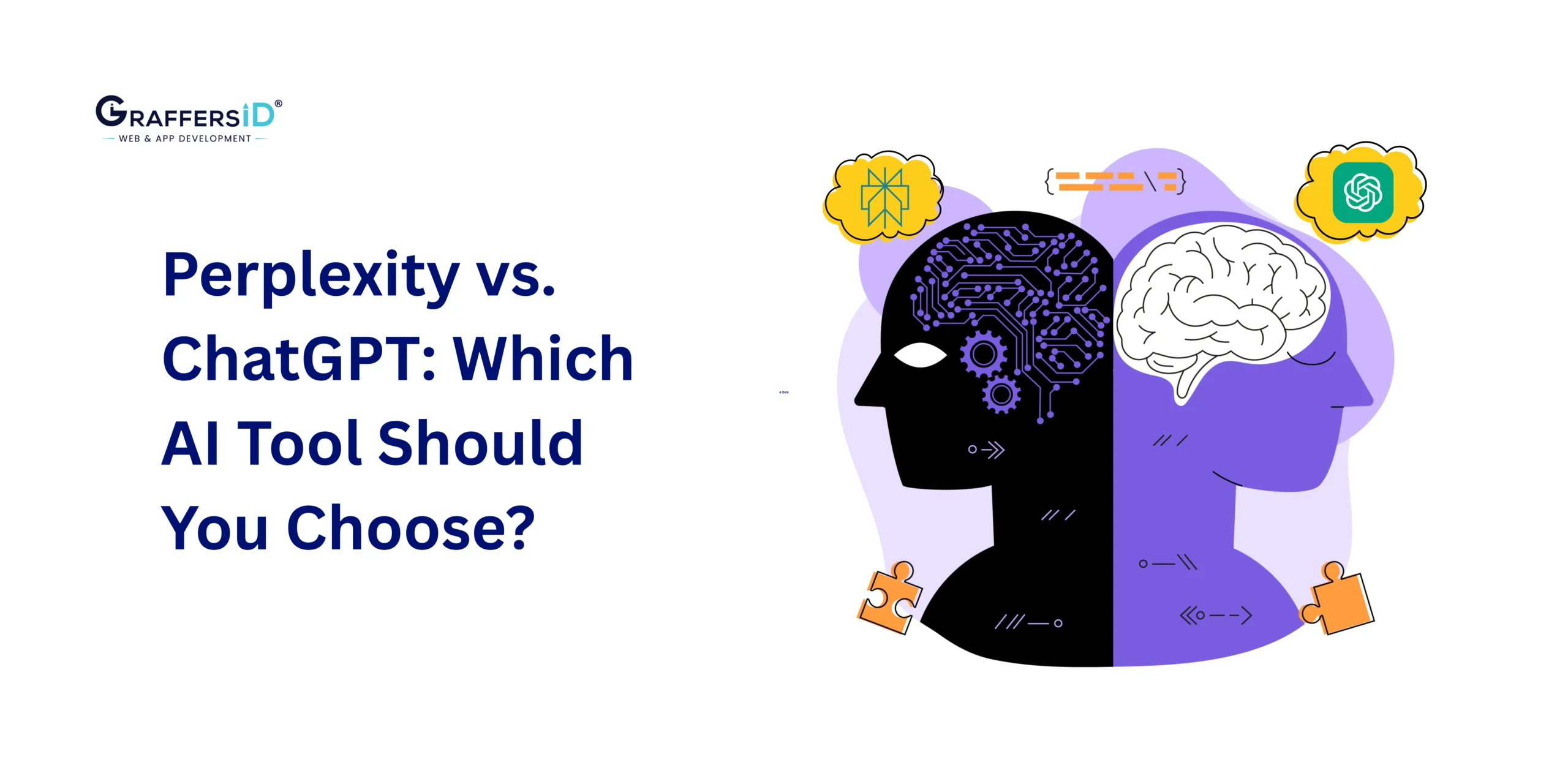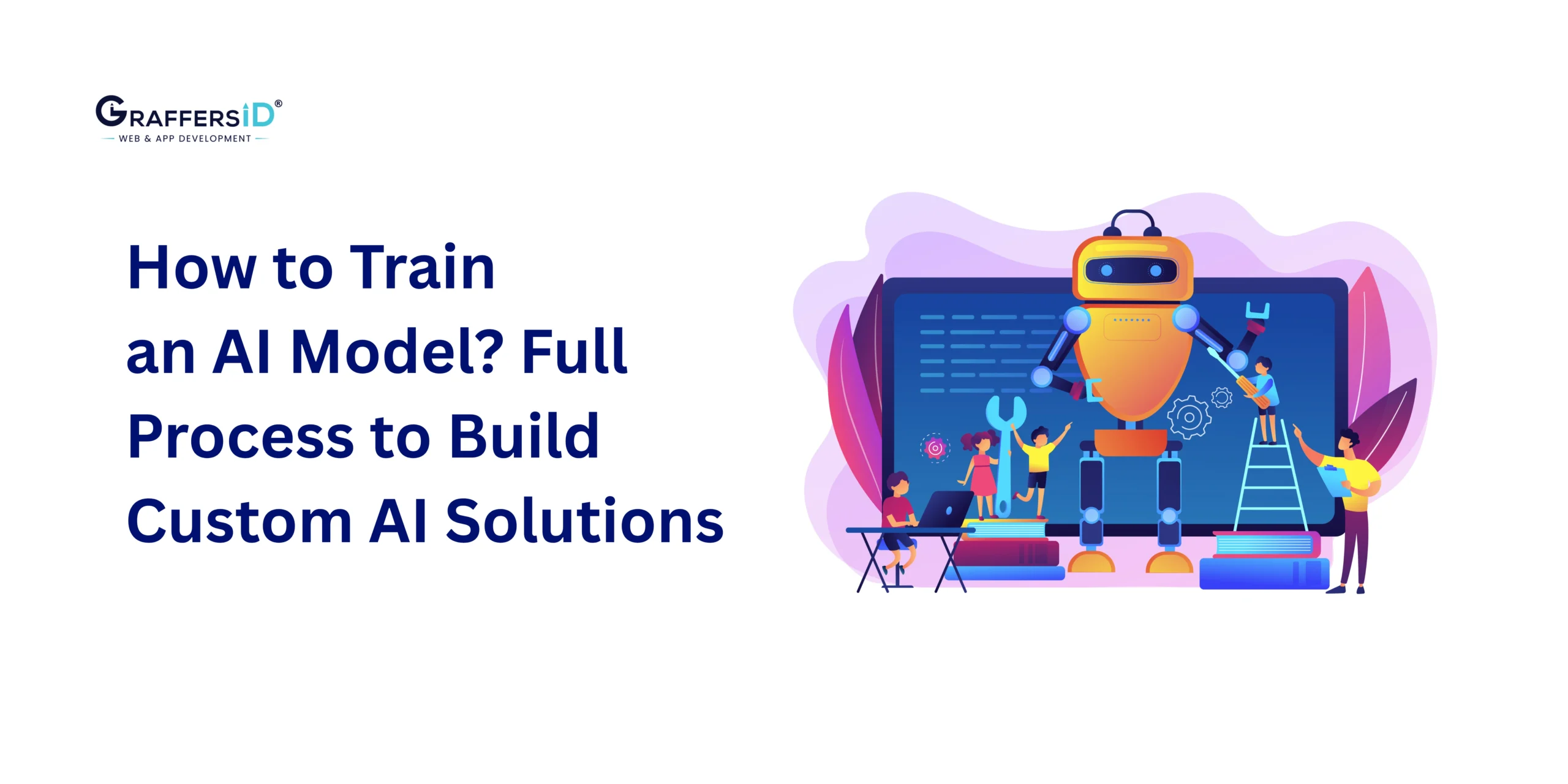In 2026, healthcare automation has moved beyond support; it’s now the heartbeat of modern medicine. Hospitals, clinics, and digital health startups are rapidly adopting AI-driven diagnostics, predictive analytics, and intelligent virtual assistants to reshape how care is delivered and experienced.
This shift isn’t just about reducing operational costs. For CTOs, CIOs, and healthcare decision-makers, automation represents a strategic advantage, improving diagnostic accuracy, optimizing workflows, and delivering truly personalized, data-driven patient care.
From automated triage systems and real-time imaging analysis to AI chatbots that guide patients 24/7, automation is redefining efficiency and empathy in healthcare. In this blog, we’ll explore the advanced trends, tools, and real-world applications that make healthcare automation in 2026 a cornerstone of the industry’s digital transformation.
What Is Healthcare Automation?
Healthcare automation refers to the use of artificial intelligence (AI), machine learning (ML), robotic process automation (RPA), natural language processing (NLP), the Internet of Medical Things (IoMT), and predictive analytics to streamline medical, administrative, and operational processes across the healthcare ecosystem.
In simple terms, healthcare automation enables hospitals, clinics, and digital health platforms to perform tasks, from patient care and diagnostics to billing, administration, and telehealth, with minimal human intervention while improving accuracy, speed, and compliance.
Key Focus Areas of Healthcare Automation in 2026
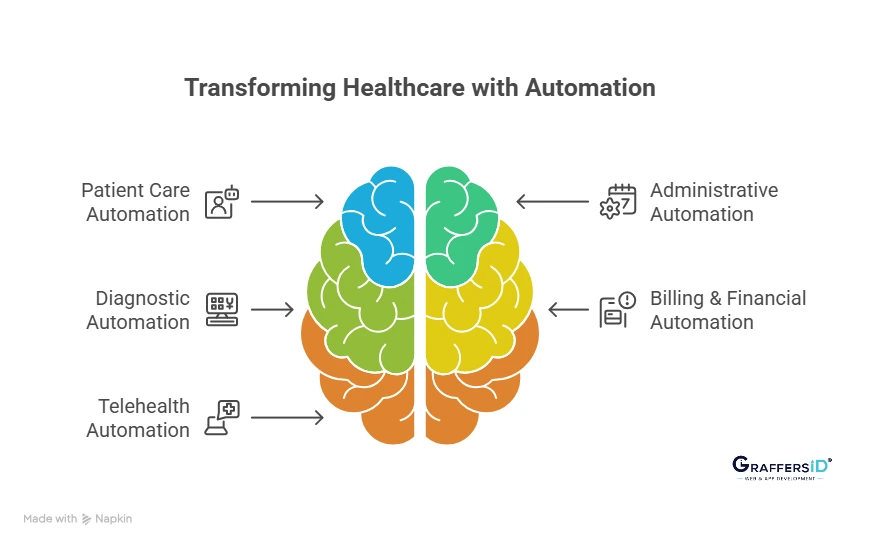
-
Patient Care Automation: AI chatbots, remote monitoring, and virtual health assistants.
-
Administrative Automation: Appointment scheduling, claims processing, and staff management.
-
Diagnostic Automation: AI imaging analysis and predictive disease modeling.
-
Billing & Financial Automation: Automated claims verification and revenue cycle management.
-
Telehealth Automation: Smart triage systems, EHR integration, and real-time virtual consultations.
Top Healthcare Automation Trends in 2026
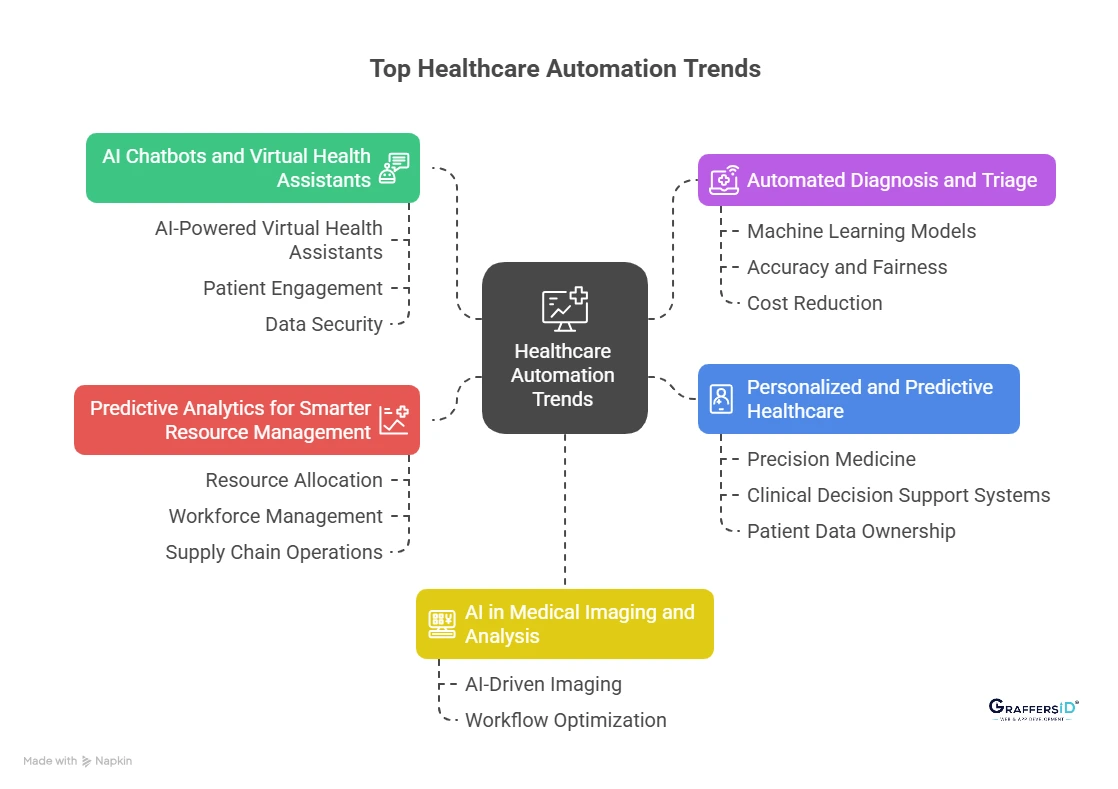
1. AI Chatbots and Virtual Health Assistants: Redefining Patient Interaction
1.1. The Rise of AI-Powered Virtual Health Assistants
Chatbots are no longer limited to e-commerce or banking; they are now a cornerstone of patient-facing healthcare automation. Powered by Natural Language Processing (NLP) and Generative AI, virtual health assistants handle initial consultations, appointment bookings, prescription renewals, and FAQs with near-human accuracy.
These assistants are smoothly integrated across hospital websites, telehealth apps, and wearable platforms, ensuring patients have 24/7 access to healthcare support without manual intervention.
Key Benefits of AI-Powered Virtual Health Assistants
-
Automates repetitive administrative tasks
-
Provides real-time patient support
-
Reduces call center load and wait times
-
Offers multilingual, AI-powered communication
1.2. Enhancing Patient Engagement and Satisfaction
In 2026, virtual assistants go beyond basic scheduling. They track medical histories, send proactive reminders, and even guide patients through pre- and post-treatment care. With conversational AI, chatbots now understand emotional tone and urgency, leading to more empathetic and context-aware interactions.
Example: A diabetes management chatbot can analyze real-time glucose data from wearables, suggest corrective actions, and alert doctors when critical thresholds are reached.
1.3. Data Security and Ethical Governance
With automation collecting vast amounts of patient data, data security and ethical AI are crucial. Compliance frameworks like HIPAA, GDPR, and FHIR (Fast Healthcare Interoperability Resources) now mandate encryption, role-based access, and explainable AI.
Developers and healthcare providers must ensure:
-
End-to-end data encryption
-
Transparent consent mechanisms
-
AI models trained on diverse datasets to prevent bias
1.4. The Future of Chatbot-Assisted Care
The next wave of healthcare chatbots will be context-aware agents connected to Electronic Health Records (EHRs), IoMT devices, and telemedicine systems. They will:
-
Predict patient needs based on past behaviors
-
Deliver AI-generated personalized care insights
-
Coordinate between patients, doctors, and pharmacies
These capabilities make chatbots not just assistants but digital care coordinators.
Read More: Top 5 AI Tools in the Healthcare Industry in 2026: Healthcare Automation Trends & Future
2. Automated Diagnosis and Triage: Accelerating Precision Medicine
2.1. How Machine Learning Models Power Diagnosis
Modern diagnosis automation relies on deep learning algorithms trained on millions of medical datasets. These models detect subtle abnormalities, like early signs of cancer, neurological disorders, or heart disease, often before human clinicians can.
AI triage systems analyze symptoms, lab reports, and imaging data to suggest probable diagnoses and route cases to the right specialists, reducing manual workload and improving speed.
2.2. Improved Accuracy and Fairness in AI Models
By 2026, healthcare AI models have evolved to minimize algorithmic bias and improve data transparency. Continuous retraining on diverse datasets ensures diagnostic accuracy across demographics.
Impact Metrics:
-
Up to 40% reduction in misdiagnoses
-
30% faster diagnostic workflows
-
Enhanced trust among clinicians and patients
2.3. Reducing Healthcare Costs and Expanding Access
AI-based triage reduces unnecessary hospital visits and admissions, saving millions in operational costs annually.
In rural and remote areas, AI-powered teletriage systems and voice-based assistants bridge the accessibility gap by supporting multilingual queries.
3. AI in Medical Imaging and Analysis: From Detection to Prediction
3.1. The Evolution of AI-Driven Imaging
Medical imaging has witnessed one of the biggest leaps in automation. Radiologists now use AI-assisted imaging systems that detect anomalies in X-rays, MRIs, and CT scans with extraordinary precision.
In 2026, automation enables:
-
Real-time image analysis and annotation
-
Automated prioritization of urgent cases
-
Predictive insights for disease progression
For instance, AI algorithms can flag early signs of a stroke or internal bleeding within seconds, accelerating life-saving interventions.
Looking to bring these healthcare automation trends to life? At GraffersID, we help healthcare organizations hire expert healthtech developers who specialize in AI, predictive analytics, virtual assistants, and medical imaging solutions.
3.2. Workflow Optimization and Doctor Collaboration
Automation streamlines radiology workflows by integrating patient imaging, diagnostics, and history in a unified interface. AI-based dashboards allow doctors to:
-
Instantly access historical scans
-
Share results across departments
-
Collaborate on real-time diagnoses
This shift reduces manual documentation and supports interdisciplinary medical collaboration, improving care delivery speed.
4. Personalized and Predictive Healthcare: Tailoring Treatments Through AI
4.1. Precision Medicine Powered by AI
With genomic sequencing, wearable sensors, and AI analytics, healthcare in 2026 is moving toward hyper-personalized treatments. AI systems analyze:
-
Genetic markers
-
Lifestyle data
-
Medical histories
…to recommend individualized treatment paths that maximize effectiveness and minimize side effects.
4.2. AI-Driven Clinical Decision Support Systems (CDSS)
CDSS platforms use large language models (LLMs) and medical databases to deliver real-time clinical recommendations.
Example: When a patient with chronic hypertension visits, the system suggests optimized treatment plans by comparing similar cases, recent studies, and prescription outcomes.
Benefits of AI-Driven Clinical Decision Support Systems
-
Faster decision-making
-
Reduced clinician workload
-
Evidence-based care delivery
4.3. Empowering Patients Through Data Ownership
The new era of patient-centric automation emphasizes transparency and engagement. Patients now have access to:
-
Real-time health dashboards
-
Automated medication reminders
-
AI insights from wearable data
This democratization of health data empowers individuals to actively manage their health, reducing preventable hospitalizations.
Read More: How to Build an AI Chatbot in 2026: Types, Tech Stack & Step-by-Step Guide
5. Predictive Analytics for Smarter Resource Management
5.1. Solving the Resource Allocation Challenge
Hospitals often struggle to balance staffing, bed availability, and supply chains. Predictive analytics uses historical and real-time data to forecast demand accurately and allocate resources efficiently.
5.2. AI-Driven Workforce Management
By combining patient admission forecasts with staff scheduling algorithms, AI can anticipate surges in workload (e.g., during flu season or major events) and adjust staffing automatically.
Example: A large urban hospital predicts ER inflows 48 hours in advance using AI models trained on event and weather data, preventing burnout and improving response time.
5.3. Automating Inventory and Supply Chain Operations
Automation tools integrated with IoT-based inventory systems ensure real-time visibility into stock levels. These systems:
-
Auto-generate purchase orders
-
Track shipments in real time
-
Prevent shortages of critical drugs and devices
Such intelligent automation reduces waste and improves cost efficiency, vital for large healthcare systems operating at scale.
How to Implement Healthcare Automation in 2026?
Implementing healthcare automation is a multi-phase journey; doing it well ensures high impact with low risk. Below are six strategic steps to ensure successful AI adoption and long-term value.
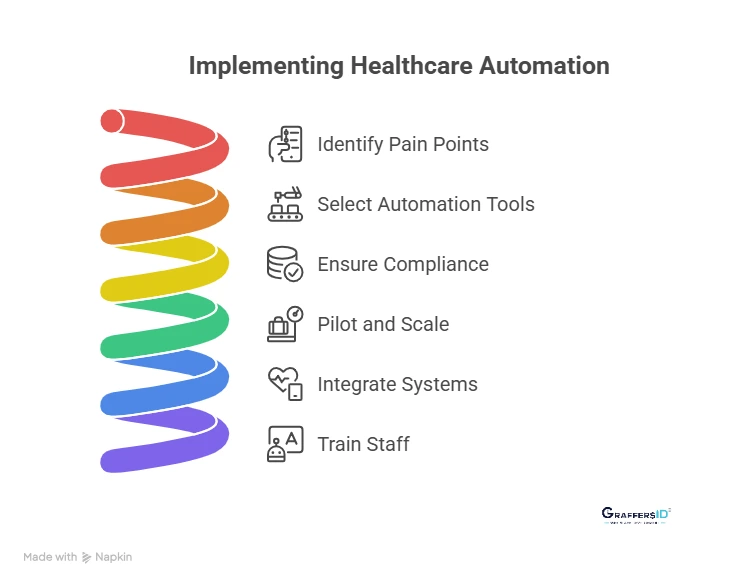
1. Identify Pain Points
Start by mapping areas where manual processes slow down operations or impact patient care. Focus on repetitive administrative tasks, delayed diagnostics, or gaps in patient communication that automation can streamline.
2. Select the Right Automation Tools
Choose technologies tailored to your hospital or clinic’s needs, AI for diagnostics, RPA for workflow automation, chatbots for patient engagement, and predictive analytics for resource planning. Prioritize tools with proven integration capabilities.
3. Ensure Compliance and Data Governance
Automation must follow HIPAA, GDPR, and FHIR standards to safeguard patient data. Implement role-based access, encryption, and explainable AI to maintain trust and regulatory compliance.
4. Pilot and Scale Automation Solutions Incrementally
Test automation in one department or process before rolling it out hospital-wide. This phased approach reduces risk, collects actionable insights, and allows iterative improvements.
5. Integrate with EHR and IoMT Systems
Connect automation tools with Electronic Health Records (EHRs) and Internet of Medical Things (IoMT) devices for smooth data flow. This ensures real-time updates, coordinated care, and improved clinical decision-making.
6. Train Healthcare Staff for AI Collaboration
Upskill staff to effectively work alongside AI-driven systems. Training ensures smooth adoption, reduces resistance, and enhances efficiency while maintaining a human touch in patient care.
Conclusion
In 2026, healthcare automation has become the core of intelligent, patient-first ecosystems. What began as an efficiency initiative has evolved into a transformative movement, bridging AI innovation with human compassion. From AI-powered diagnostics and virtual health assistants to predictive analytics and resource optimization, automation is enabling faster decisions, smarter care delivery, and more equitable access to healthcare across the globe.
For healthcare leaders, embracing automation is no longer optional; it’s the foundation for future-ready, value-based care. Those who integrate AI-driven systems today are setting new benchmarks for accuracy, patient satisfaction, and operational excellence.
At GraffersID, our expert AI developers specialize in creating secure, intelligent, and scalable healthcare automation platforms tailored to your needs.
Partner with GraffersID today to build next-generation healthcare automation software!
